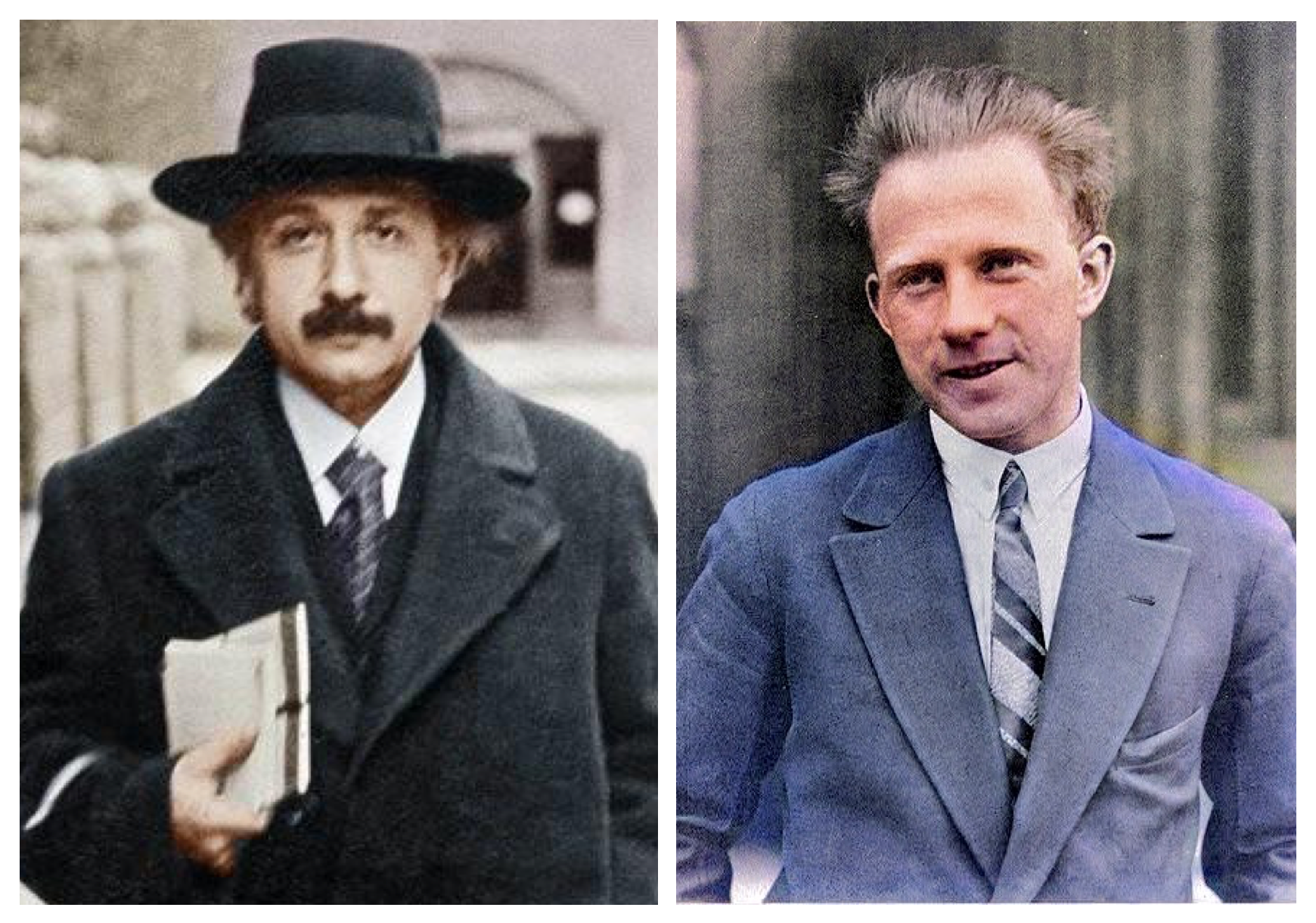James Clerk Maxwell is recognized as a pivotal figure in physics, largely due to his groundbreaking efforts in electromagnetism. The influence of his theoretical and empirical discoveries has spread throughout contemporary science and technology, driving progress from radio communication to the intricacies of quantum field theory. A detailed review of his primary achievements offers deep insight into how Maxwell redefined the scientific understanding of electricity and magnetism.
The Foundations: Unifying Electricity and Magnetism
Before Maxwell, electricity and magnetism were primarily studied as separate occurrences, each governed by its own principles. Groundbreaking figures like Michael Faraday, André-Marie Ampère, and Carl Friedrich Gauss had established foundational concepts, but their discoveries were viewed as unrelated. Maxwell’s significant contribution was his ability to discern the fundamental links between them, utilizing meticulously developed mathematical frameworks and keen physical understanding.
His primary accomplishment involved the development of what are currently known as Maxwell’s equations. These four partial differential equations skillfully describe the generation and interconnection of electric and magnetic fields via charges, currents, and significant temporal changes. In essence, they include:
Gauss’s Law for Electricity: This law explains the generation of electric fields by electric charges.
Gauss’s Law for Magnetism: This law indicates that isolated magnetic monopoles do not exist, asserting that magnetic field lines invariably form closed loops.
Faraday’s Law of Induction: Describes the process by which a fluctuating magnetic field produces an electric field.
Ampère-Maxwell Law: Demonstrates that magnetic fields arise from electric currents as well as varying electric fields, an addition made by Maxwell known as the displacement current.
Maxwell’s synthesis and enhancement of these accounts produced a unified, consistent theoretical structure that combined electricity and magnetism into one phenomenon: the electromagnetic field.
The Prediction and Discovery of Electromagnetic Waves
Arguably the most influential prediction derived from Maxwell’s equations was the existence of electromagnetic waves. By mathematically manipulating his equations, Maxwell identified that variations in electric and magnetic fields could propagate through space as waves, even in the absence of any material medium.
Maxwell computed the velocity of these waves and, to his surprise, discovered it nearly perfectly corresponded with the observed speed of light. This remarkable finding enabled Maxwell to suggest that light is inherently an electromagnetic wave, thus merging the fields of optics and electromagnetism into a single theoretical framework.
This theoretical concept opened doors for other researchers, particularly Heinrich Hertz, to empirically confirm the presence of radio waves during the late 1880s. Hertz’s experiments not only substantiated Maxwell’s forecasts but also introduced groundbreaking technologies like wireless communication, radar, and subsequently, contemporary electronic gadgets.
Mathematical Rigor and Conceptual Innovations
Maxwell’s ability to encode Faraday’s qualitative concepts into rigorous mathematical language was instrumental in elevating the field. Where Faraday spoke of “lines of force,” Maxwell implemented vector calculus to formally describe how fields behaved and interacted. His use of differential equations provided clarity, making it possible for future generations to apply, test, and extend his model to a multitude of physical situations.
A significant advancement introduced by Maxwell was the displacement current. Earlier frameworks failed to explain scenarios where the electric field varied over time without a physical current being present, as seen in capacitors. Through the concept of displacement current, Maxwell resolved the inconsistencies in Ampère’s Law, thereby achieving the symmetry necessary for wave propagation and guaranteeing mathematical coherence.
Far-reaching Impact on Modern Physics and Technology
Maxwell’s theories had consequences that reached well beyond their initial scope. Albert Einstein hailed Maxwell’s electromagnetic theory as the “most profound and the most fruitful that physics has experienced since the time of Newton.” The understanding that light’s speed remains constant for every observer laid the foundation for Special Relativity. Furthermore, quantum electrodynamics is deeply rooted in Maxwell’s classical field theory.
Many engineering breakthroughs are deeply indebted to Maxwell’s enduring contributions. Innovations such as X-rays, laser technology, fiber optic systems, and the whole domain of electronics originate from the fundamental concepts laid out in his mathematical formulations. Wireless connectivity, encompassing everything from initial radio broadcasts to modern cellular systems and satellite communications, finds its direct theoretical heritage in his renowned wave equations.
Heritage and Outlook
The work of James Clerk Maxwell represents more than just a historical milestone; it serves as an unbroken link present in every technological development that depends on managing and conveying electromagnetic phenomena. Through his integrated explanation of electricity, magnetism, and light, Maxwell opened up avenues for both academic and practical sciences that continue to be pertinent and crucial in the present era. The coherence, broad applicability, and foresight inherent in Maxwell’s research demonstrate the lasting capacity of scientific integration, influencing how humankind comprehends and harnesses the fundamental forces of the natural world.



